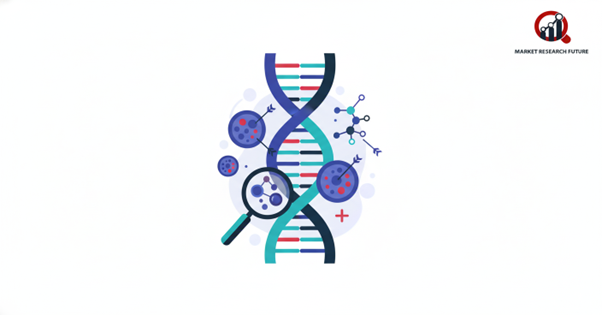Companion Diagnostics: The New Frontier in Precision Oncology

A companion diagnostic (CDx) is an in vitro diagnostic tool that is used to align a therapy to a specific patient population and assess the therapy’s probable efficacy and safety. Specifically, it identifies recipients that will benefit from the treatment and the ones that may experience life-threatening adverse reactions and/or will help in therapy modification and/or tailored adjustments. With the increasing personalization of cancer care, the importance of CDx tests is growing exponentially.
What is Driving Growth
- Precision medicine won’t be optional much longer.
More therapies are developed with companion diagnostics in mind and with the understanding of drugs targeting and aiming to specific genetic mutations, and protein expressions will require tests to identify the ‘right patients. Which in turn improves the efficacy and the safety of the medication.
- Technological advances
We are seeing exponential growth of NGS panels (Next Generation Sequencing, and especially multi-gene and multi-biomarker), and they make it possible to perform more comprehensive tumor profiling all in one test.
Other technologies are also staying relevant: PCR, IHC, ISH, and the like, especially in specific settings (e.g., quicker turnaround, cost constraints).
For instance, some of the new tools include liquid biopsies (circulating tumor DNA), fragmentomics, and multi-omic & AI/machine learning models to predict treatment response and track resistance.
- Regulations & advance reimbursements are catching up.
For example, in Europe, the new IVDR (In Vitro Diagnostic Regulation), which is less than a year old and fully in force, increases the regulation rigor for CDx and biomarkers.
Regulatory bodies are now pursuing the ‘co-approval’ or ‘co-development’ of companion diagnostics alongside targeted therapies, especially in the field of oncology.
- Clinical Need & Outcome for Patients
It is a known fact that the incidence of cancers is on the rise and that there are a number of therapeutic unmet needs. Better diagnostics help in reducing the waste of treatments and improving event overall cost of the health care system.
Threats & Hurdles
- Cost & access: Developing, validating, getting regulatory clearances, and deploying CDx tests takes a significant amount of money. Especially in low- and middle-income regions, the cost becomes a barrier.
- Biomarker validation / clinical evidence: Identifying a potential biomarker is one thing; proving that a biomarker reliably predicts a benefit or harm is a much harder task. It entails disproportionately large and sophisticated clinical trials.
- Regulatory and reimbursement complexities: Each country has its distinct policies, and payers do not consistently reimburse the costs of all companion diagnostics.
- Technological/data challenges: The challenges of large-scale genomic data and its quality and standardization, the interpretability of multi-omic and AI frameworks, and the prediction of resistance mechanisms and tumor heterogeneity.
Recent Trends & Key Developments
- Partnering Substitute Streams Allied NGS Assays: Assisting Precision Cancer Therapies—Reducing the Turnaround Time and Increasing Access to Testing Via Tissue and Liquid Biopsy.
- Siemens’ New CDx Collaborations: Siemens Has New Partnerships with ViiV Healthcare and Tocagen for Test Development and Commercialization, and Vis Diagnostics Lab Capabilities.
- EU Regulatory changes: As the IVDR is fully implemented, Oncology CDx are scrutinized further for safety, performance, traceability, etc. Overall, Increasing Cost/Time Burden to Confidence.
- AI & Biomarker Innovations: New Research on CDNA Size Profiles to Predict Responsiveness/Progression Under Immune Checkpoint Inhibitors. Emergence of AI-Driven Universal Immunohistochemistry Analyzers Capable of Interpreting IHC Results Across Various Stains and Cancer Types.
Outlook for the Future
The use of multi-biomarker panels (through NGS or multi-omic methods) will streamline CDx processes and facilitate more precise patient stratification, which will ultimately decrease the cost of patient testing. The integration of AI and predictive modeling (for example, predicting immunotherapy response or resistance) into CDx will help make necessary adjustments to a therapy sooner and faster.
With time, the use of biomarkers for non-cancer diseases will allow broader uses beyond oncology for CDx in areas such as immunology, neurology, and even rare disorders. Testing will be less centralized and more accessible at the point-of-care or near patient, with rapid results (24-48 hrs) and lowered costs to decrease waiting periods and improve the time frames in which treatment can be administered. For equitable access, new CDx pricing structures, reimbursement frameworks, and public health initiatives will need to be developed to reach low- and middle-income countries.